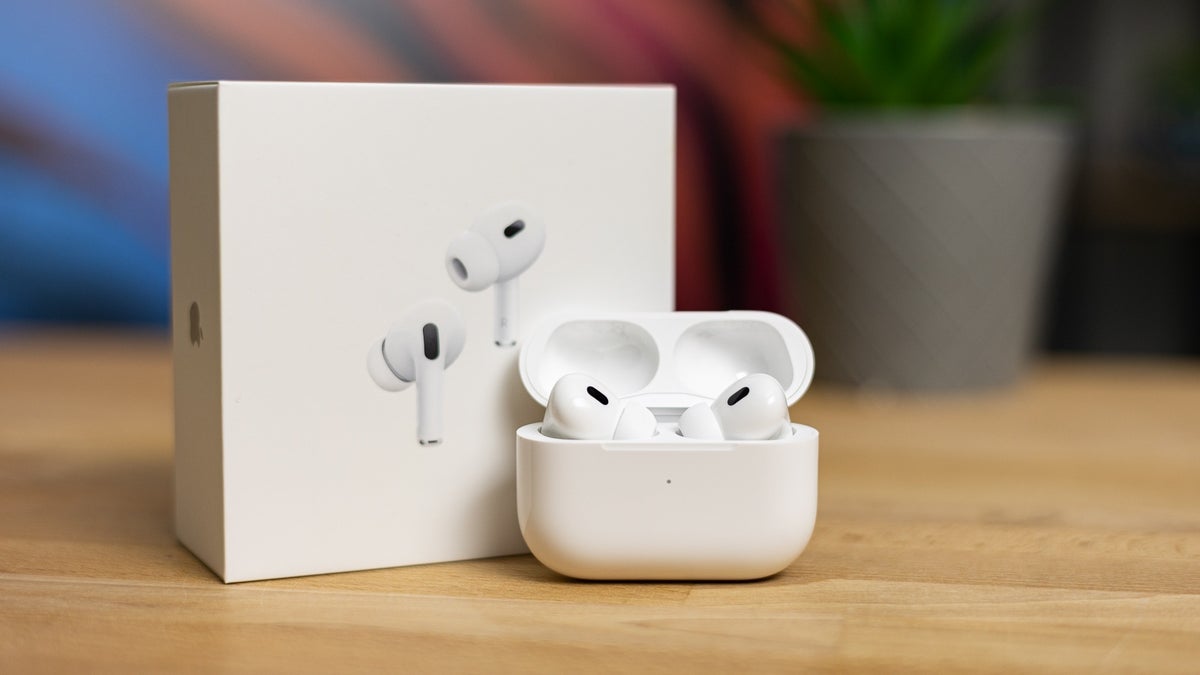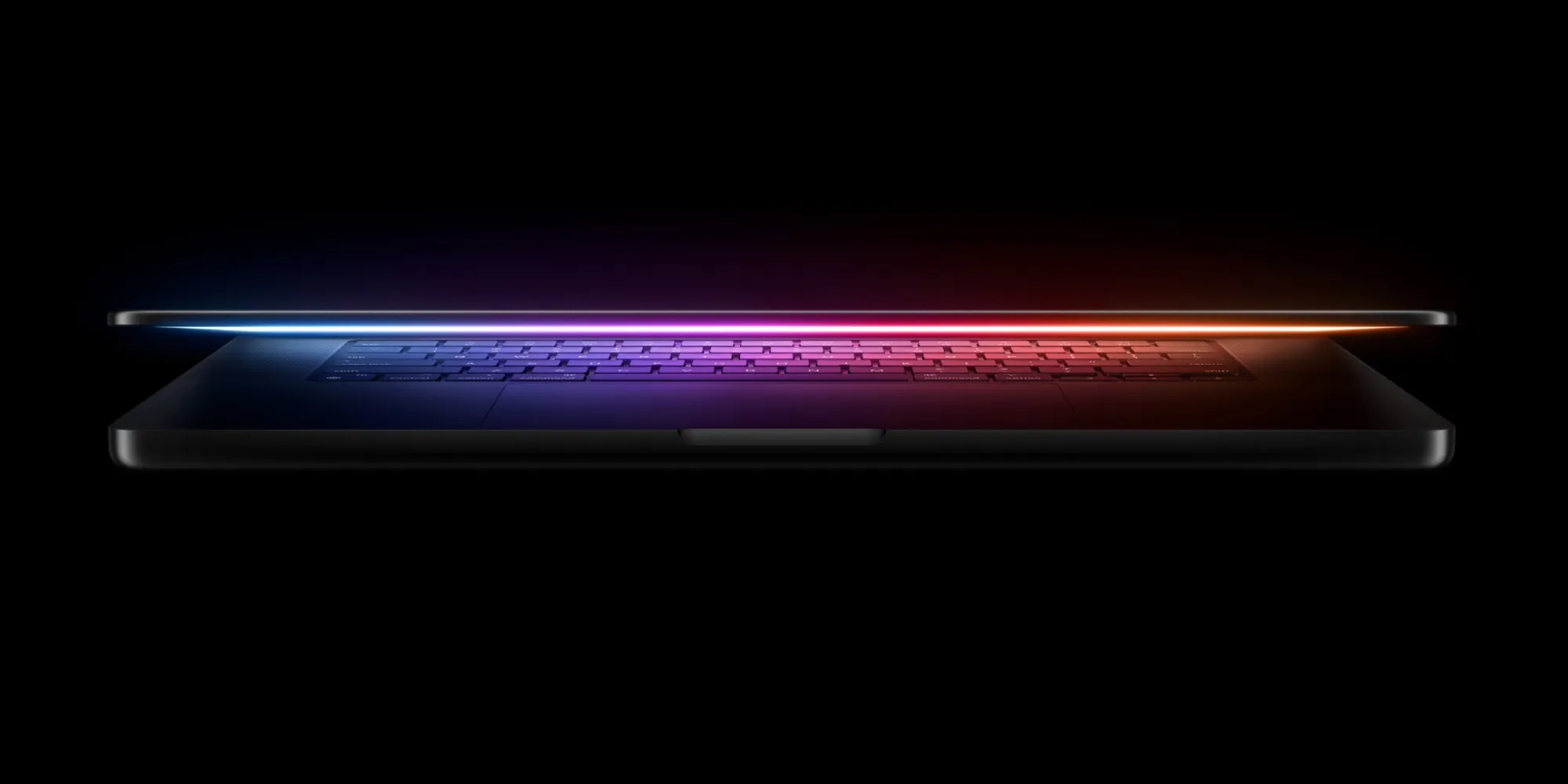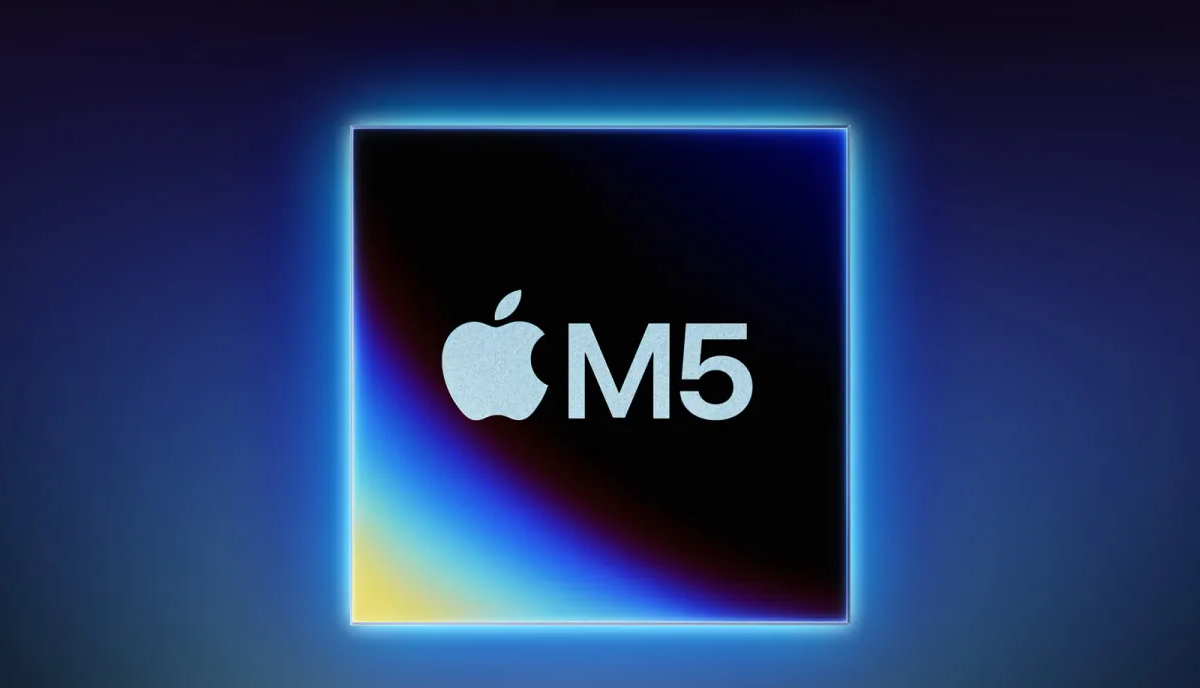The main complaints about the Apple Vision Pro have been its cost and its weight. Apple is already working on a cheaper version, and a new patent suggests a way to make the headset lighter. People who tried it early on noted that the headset feels heavy after a while, and I felt the same when I used it.
John Gruber, a well-known tech commentator, shared similar thoughts:
“The Vision Pro is heavy. I wore it for hours without pain, but the weight does become tiring. You can’t forget you’re wearing it. Plus, it’s quite big, like a large, heavy pair of goggles on your face.”
During my hour-long session, I noticed the weight and comfort issues. Comfort is a big challenge with this kind of technology. On a warm day, even by UK standards, my upper face felt hot inside the headset, similar to my experiences with the Meta Quest 2.
The weight was particularly noticeable after about 30 minutes. With my Quest, I use an extra battery pack at the back, which helps balance the weight. However, the Vision Pro is front-heavy, and that was starting to bother me, especially when moving my head up and down.
A recent patent from Apple, highlighted by Patently Apple, offers a solution: moving the processor and other components away from the headset, much like they did with the battery.
The patent starts by discussing the problem:
“Head-mounted displays (HMDs) should be comfortable for long periods. As we add more features, battery life, and performance, we add more weight. We need to balance comfort with the device’s capabilities.”
A heavy front can make wearing the device less enjoyable. Apple recognizes this and suggests a need for a lighter HMD that doesn’t compromise on performance. They also tackle the heat problem, suggesting better ways to manage heat. Currently, the Vision Pro uses a separate battery pack to help with weight, and the patent suggests that the processing could be moved into this external “cartridge.”
This cartridge would house the processor, which would send video to the headset’s display, and could be attached or detached as needed. One idea is to have the processor in a unit that can either sit in the headset or be housed in an external case, providing flexibility in how the user wears the device.






